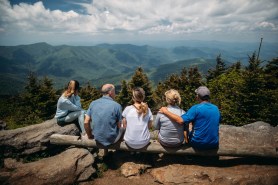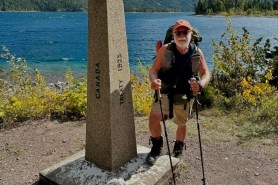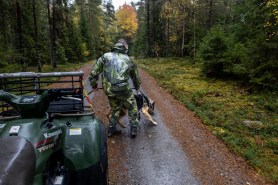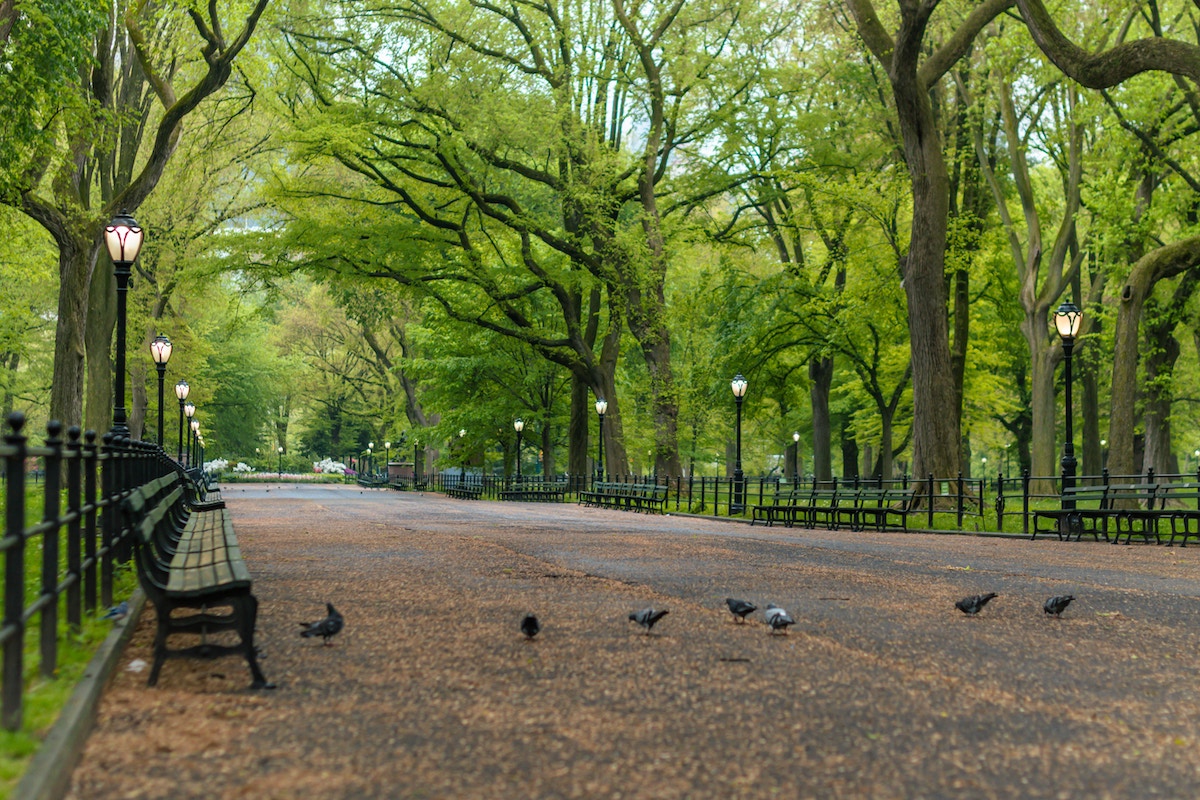

Walking outdoors is beneficial to human health for a variety of reasons, but troubling trends show a recent country-wide dip in this “active transportation.”
Videos by Outdoors
According to a study from StreetLight Data, every major metro area in the United States saw a decline in walking activity between 2019 and 2022, and these weren’t just blips—the numbers plummeted 23-49%.
The data isn’t incredibly surprising, since the pandemic ramped up during that same period. Many people temporarily worked from home for months or even shifted to fully remote positions for good.
Although vehicle travel has since bounced back within 4% of pre-pandemic levels and bicycling activity has seen a 37% surge, pedestrian numbers have not rebounded. Walking trips, on average, continue to drop. And according to StreetLight, “biking’s surge over the past three years may have helped offset walking losses slightly, but not nearly enough to avoid contraction.”
Approximately 7,500 pedestrians died in traffic incidents last year, and some experts believe the risk associated with walking could be deterring pedestrians from braving the commute on foot.
Walking on the Bright Side

The study did show a few bright spots, though, with 18 metropolitan areas logging daily walking-trip increases in 2022 over the previous year. Los Angeles claimed the number-one spot at 19%, with eight other California metros in the top 10. In general, warm-weather metros reported better numbers.
Still, the general decline in walking could spell trouble for emission levels and overall health, if nothing changes.
“We hope that localities can use trends to help refocus their resources,” said Laura Schewel, CEO of StreetLight. “In most places, the changes are significant and vary between urban and suburban areas. This indicates that localities might get [a] bigger impact expanding pedestrian investments beyond the normal boundaries and updating assumptions about how to increase walking.”
One such development could be investing in green spaces.
The Importance of Green Spaces
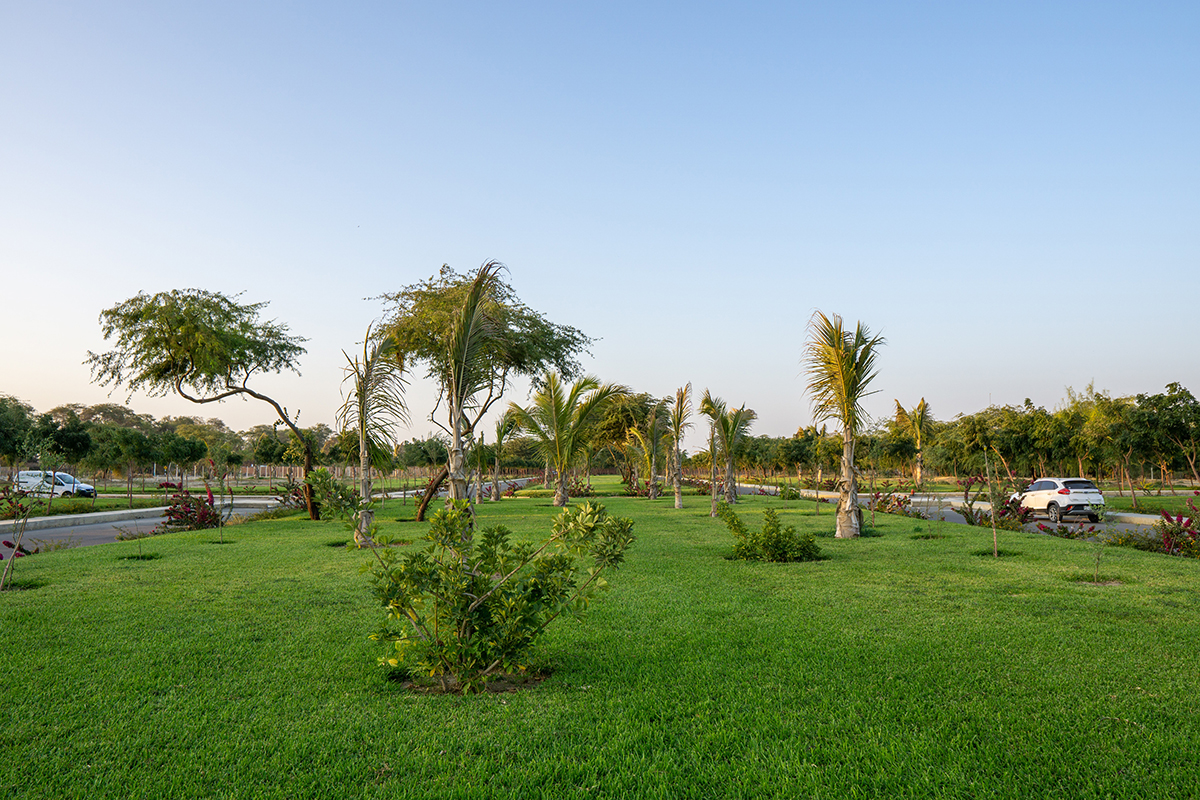
Taking a stroll in a concrete jungle provides some solid exercise, but getting those same steps in while surrounded by natural elements could boost well-being in even more ways, plus it can help minimize the safety risks of walking along busy streets.
Green spaces provide opportunity for city dwellers to get in some grounding, and the connection to nature can minimize stress, anxiety, and depression. And it’s not just the people who walk through these green spaces who benefit. Entire communities nearby can enjoy better air quality and temperature regulation, too.
To help residents get the most out of green spaces, they should be “walkable,” according to a new study that rated spaces on their “NatureScore” (the amount and quality of nature) and walk score (how easy it is to walk around a neighborhood).
“The results highlight the importance of both exposure and access to nature. To maximize the benefits of green space, people have to interact with nature,” said Dr. Omar Mohamed Makram, an internal medicine resident at the Medical College of Georgia at Augusta University.
When also factoring in walkability, people living in areas with the highest NatureScore were 9% less likely to show cardiovascular disease risk factors, such as high blood pressure, high cholesterol, obesity, and diabetes, and they were 4% less likely to develop cardiovascular diseases.
Where to Find Green Spaces

Another recent study from Artificial Grass Pros analyzed the nation’s 100 most populous cities to determine which ones offered residents the best access to green spaces.
Chesapeake, Virginia took top honors, with nearly 60,000 acres of parkland available to its 250,000 residents—that’s 27% of its total land. This boils down to 2,300 acres per 10,000 residents, which is 427% more than the average.
Other cities that made the top 10 were:
- Scottsdale, Arizona
- Fremont, California
- Jacksonville, Florida
- New Orleans, Louisiana
- Honolulu, Hawaii
- North Las Vegas, Nevada
- Virginia Beach, Virginia
- El Paso, Texas
- Santa Clarita, California
Walking might still be on the decline, but its benefits—especially in outdoor green spaces—shouldn’t be overlooked. What can we do to turn this trend around?



